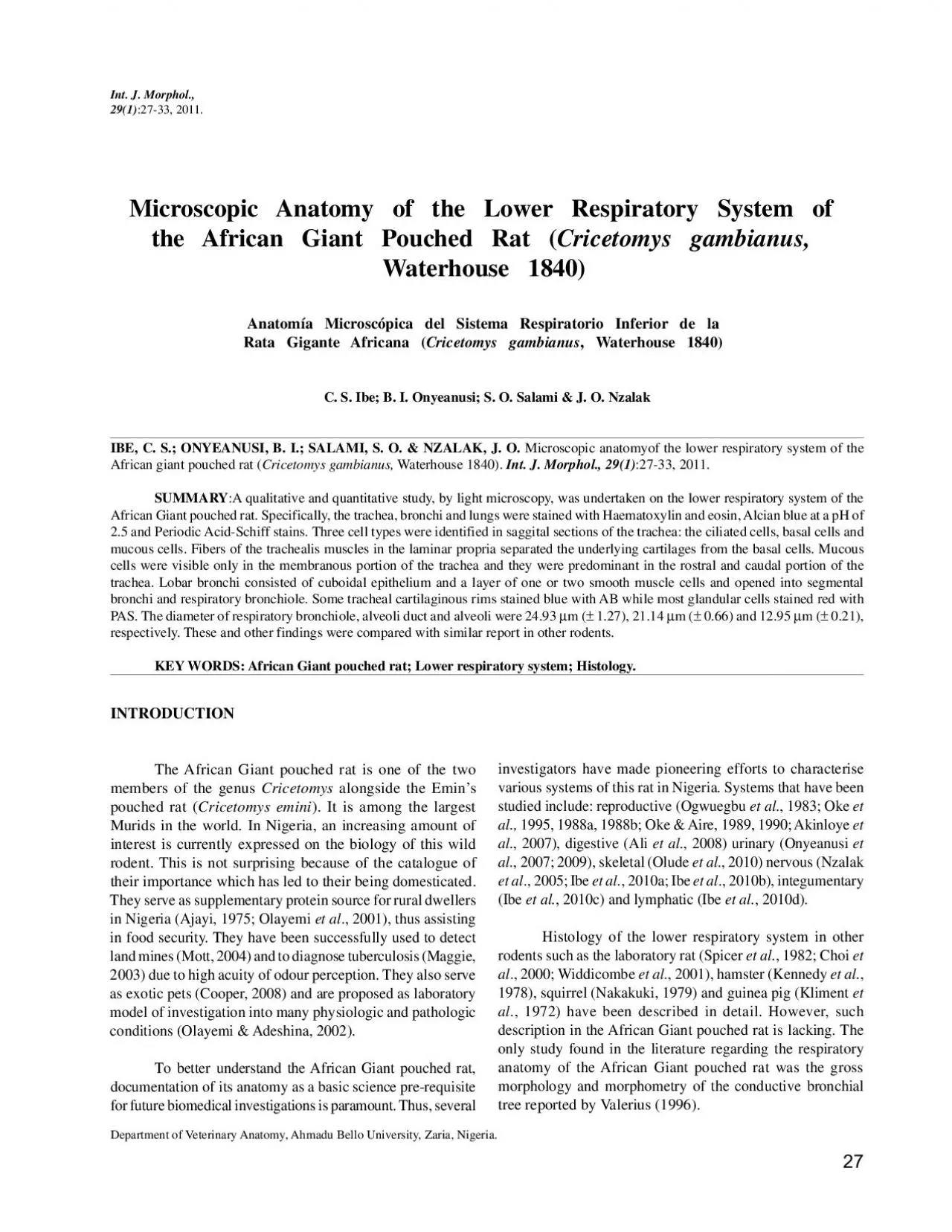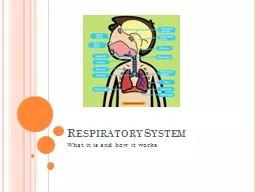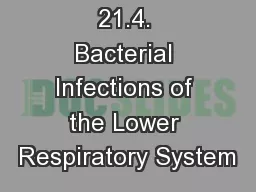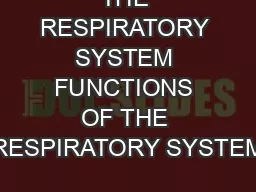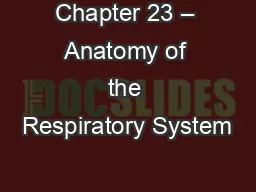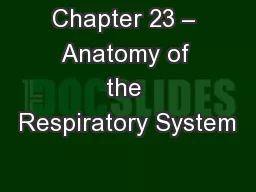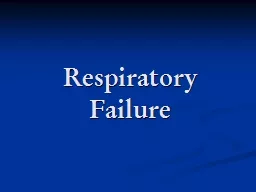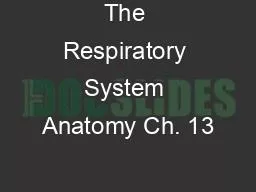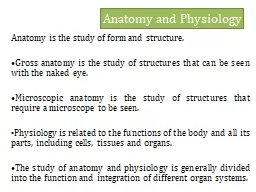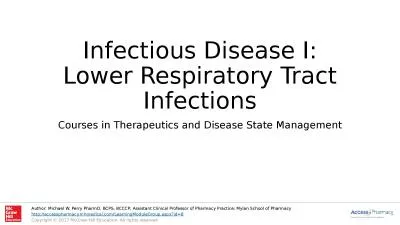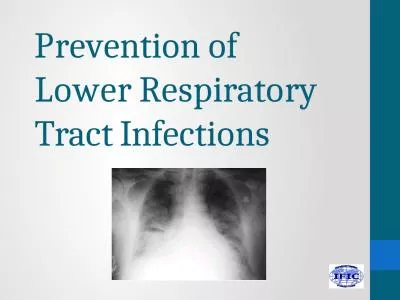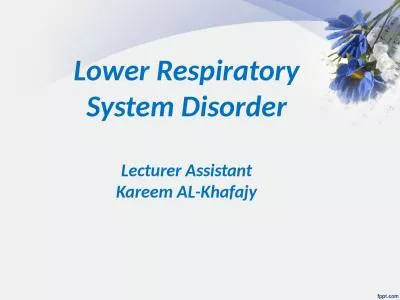PDF-2733 2011Microscopic Anatomy of the Lower Respiratory System ofthe
Author : desha | Published Date : 2022-09-01
Department of Veterinary Anatomy Ahmadu Bello University Zaria Nigeria epithelial cells The respiratory mucus gel in conjunctionÒescalatorÓ which along with cough
Presentation Embed Code
Download Presentation
Download Presentation The PPT/PDF document "2733 2011Microscopic Anatomy of the Lowe..." is the property of its rightful owner. Permission is granted to download and print the materials on this website for personal, non-commercial use only, and to display it on your personal computer provided you do not modify the materials and that you retain all copyright notices contained in the materials. By downloading content from our website, you accept the terms of this agreement.
2733 2011Microscopic Anatomy of the Lower Respiratory System ofthe: Transcript
Download Rules Of Document
"2733 2011Microscopic Anatomy of the Lower Respiratory System ofthe"The content belongs to its owner. You may download and print it for personal use, without modification, and keep all copyright notices. By downloading, you agree to these terms.
Related Documents

